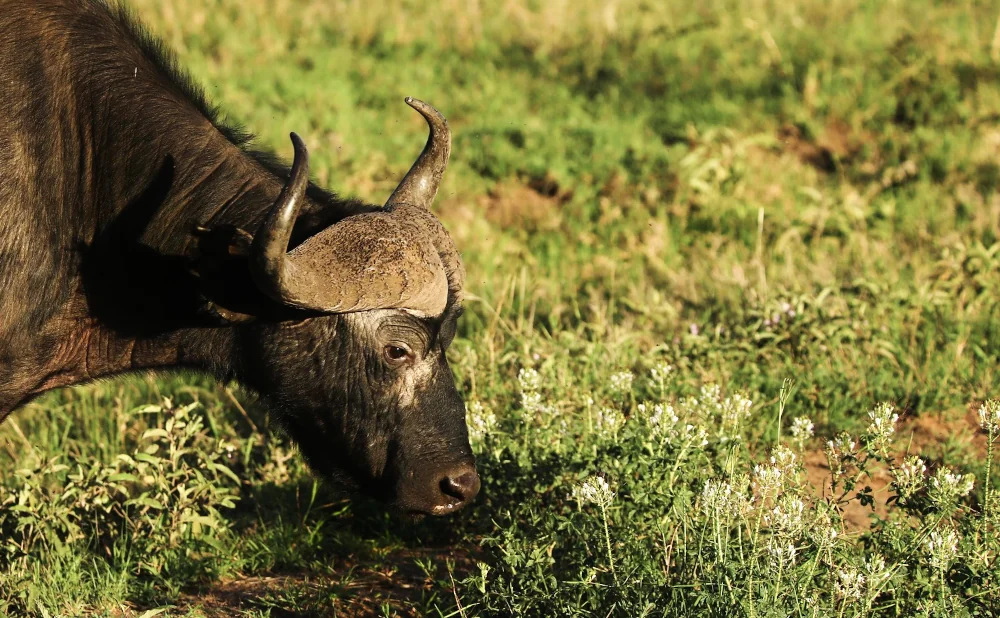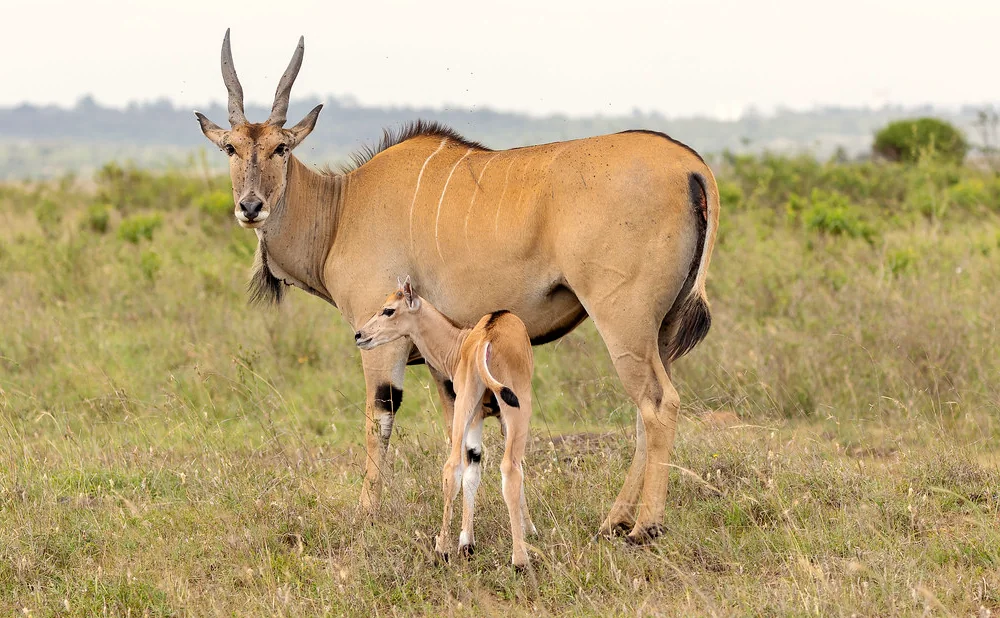Serengeti National Park

Serengeti National Park: Africa's Timeless Wilderness
Serengeti National Park is one of the most famous and celebrated wildlife reserves in the world. Located in northern Tanzania, the park spans over 14,750 square kilometers (5,700 square miles) and is renowned for its stunning landscapes, diverse ecosystems, and unparalleled wildlife viewing opportunities. The Serengeti is a UNESCO World Heritage Site and is often regarded as the quintessential African safari destination.
Key Highlights
1. The Great Migration
Nature’s Greatest Spectacle: The Serengeti is home to the Great Migration, one of the most extraordinary wildlife events on the planet. Each year, over 1.5 million wildebeest, accompanied by hundreds of thousands of zebras and gazelles, migrate in a circular route across the Serengeti and into Kenya’s Maasai Mara in search of fresh grazing. This epic journey is driven by the rains and follows a continuous cycle of birth, survival, and renewal.
River Crossings: One of the most dramatic moments of the migration is the crossing of the Grumeti and Mara rivers, where the herds must navigate treacherous waters filled with waiting crocodiles. These crossings offer some of the most exhilarating wildlife viewing experiences in Africa.
2. Iconic Wildlife
Big Cats: The Serengeti is famous for its high concentration of predators, particularly big cats. It’s one of the best places in Africa to see lions, with large prides often seen lounging in the sun or hunting in the vast grasslands. The park is also home to cheetahs, which thrive in the open plains, and elusive leopards, often found in the woodlands.
Diverse Herbivores: In addition to the migrating wildebeest and zebras, the Serengeti is home to a wide variety of herbivores, including elephants, giraffes, buffaloes, and several species of antelope such as eland, topi, and Thomson's gazelle.
Birdlife: With over 500 bird species recorded, the Serengeti is a birdwatcher's paradise. The park’s diverse habitats support a wide range of birds, from large ostriches and secretary birds to vibrant bee-eaters and weavers. The seasonal presence of migratory birds adds to the park’s avian diversity.
3. Stunning Landscapes
Endless Plains: The name "Serengeti" is derived from the Maasai word "Siringet," meaning "endless plains." The park's vast, treeless grasslands stretch as far as the eye can see, creating a classic African savannah landscape that is both awe-inspiring and humbling.
Woodlands and Kopjes: In addition to the expansive plains, the Serengeti features woodlands, riverine forests, and rocky outcrops known as kopjes. These kopjes provide shelter and vantage points for predators like lions and leopards and are a favorite resting spot for them during the day.
Seasonal Variations: The Serengeti's landscape changes dramatically with the seasons, from the green and lush wet season to the dry and golden hues of the dry season. Each season offers a different perspective on the park's beauty and wildlife.
4. Cultural Heritage
Maasai People: The Serengeti region is historically and culturally significant to the Maasai people, who have lived in harmony with the land and its wildlife for centuries. Visitors to the Serengeti can learn about Maasai culture, traditions, and their deep connection to the land.
Rock Art:The Serengeti is also home to ancient rock art, created by the region's early inhabitants. These petroglyphs provide a fascinating glimpse into the lives and beliefs of the people who lived in the area thousands of years ago.
5. Conservation and Research
Protected Area: Serengeti National Park is part of the larger Serengeti ecosystem, which includes several other protected areas such as the Ngorongoro Conservation Area and the Grumeti Game Reserve. This extensive network of protected lands is crucial for the survival of the region’s wildlife and the preservation of its natural habitats.
Research Hub: The Serengeti is one of the most studied ecosystems in the world. Ongoing research projects contribute to our understanding of wildlife behavior, ecology, and conservation. The Serengeti’s research programs have played a key role in wildlife management and conservation strategies, not just in Tanzania but globally.
6. Safari Experience
Game Drives: Game drives in the Serengeti offer visitors the chance to explore the park’s diverse landscapes and witness its incredible wildlife. Whether during the day or at night, each game drive provides a unique opportunity to experience the magic of the Serengeti.
Hot Air Balloon Safaris: For a truly unforgettable experience, a hot air balloon safari over the Serengeti offers breathtaking aerial views of the plains, wildlife, and the sunrise over this iconic landscape.
Walking Safaris: Guided walking safaris provide a more intimate connection with the Serengeti’s flora and fauna, allowing visitors to explore the park on foot and learn about the smaller, often overlooked aspects of the ecosystem.
Quick Facts
Size: Approximately 14,750 square kilometers (5,700 square miles).
Location: Northern Tanzania, bordering Kenya’s Maasai Mara.
Best Time to Visit: The Serengeti can be visited year-round, but the timing of the Great Migration is a major draw. The best time to witness the migration varies depending on the location of the herds, generally from December to July.
Activities: Game drives, hot air balloon safaris, walking safaris, birdwatching, cultural visits, and photography.
Accessibility: The park is accessible by road and by air, with several airstrips within the park for fly-in safaris.
Serengeti National Park is a timeless wilderness that offers one of the most exceptional wildlife experiences on Earth. From the awe-inspiring Great Migration to the rich diversity of animals and birds, the Serengeti encapsulates the very essence of Africa's natural beauty. Whether you’re witnessing a lion hunt, watching the sunrise from a hot air balloon, or simply absorbing the vastness of the plains, the Serengeti promises an unforgettable journey into the heart of wild Africa.



